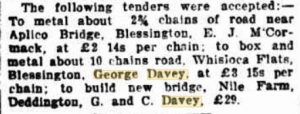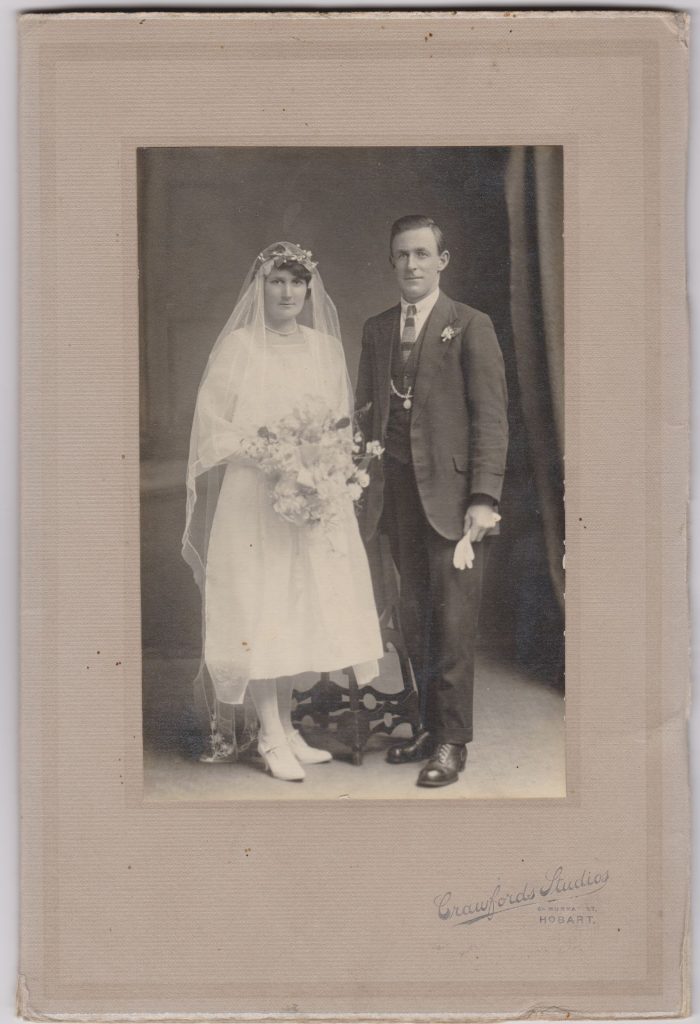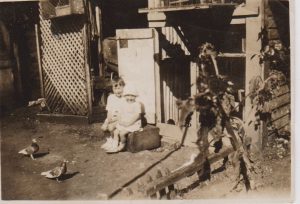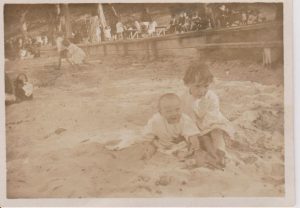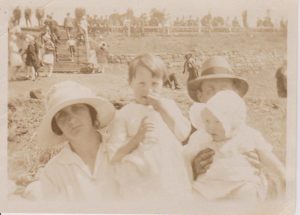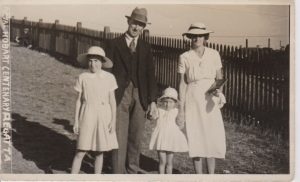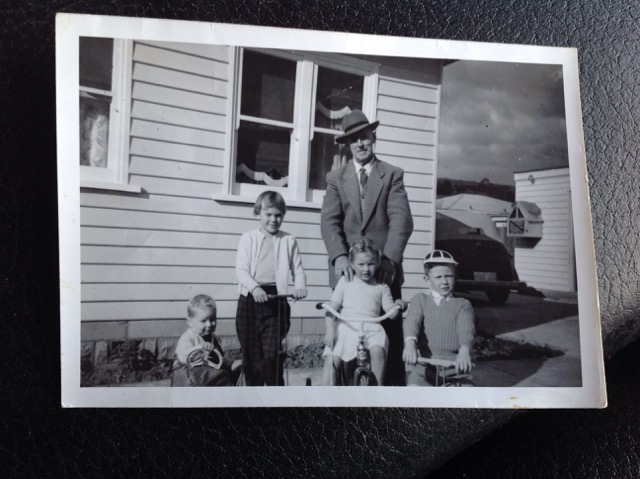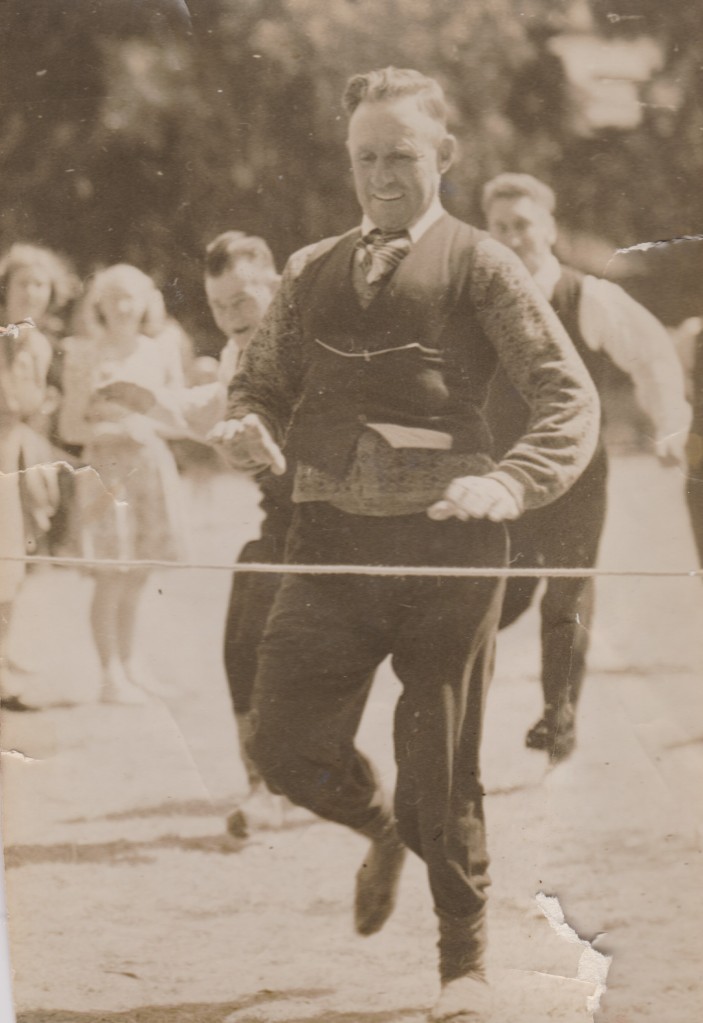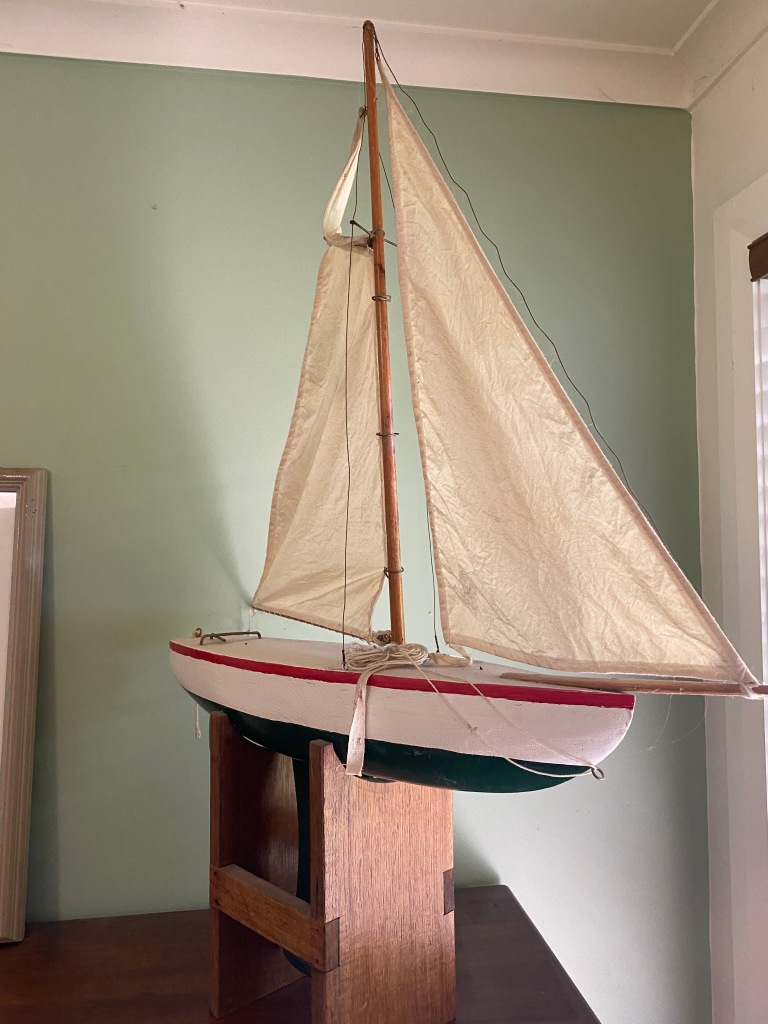Alexander Junior was the third of eleven children born to Alexander Senior and Hannah Dawson nee Sutton. He was born on 11 February 1884 at Gladstone in the Ringarooma district in Tasmania.
Alexander’s siblings were:
- William John Alexander 1882 – 1884 – died by drowning in Gladstone
- Albert William 1883 – 1981
- Catherine Mary 1886 – 1973
- Henry George 1891 – 1916 – died in WWI
- John McKay 1892 – 1915 – died in WWI
- Olive Maud 1894 – 1972
- Myrtle Amy 1894 – 1975
- George Byron Matthew 1896 – 1982
- William Percy 1898 – 1945
- Frederick Roy (James) 1900 – 1982
- Half sibling Eileen Blanche CAREY 1905 –
On 27 March 1884, his Lordship Bishop Sandford visited Gladstone. One of his duties there was to administer rites of baptism to Alexander Dawson’s infant child. This was probably Alexander Junior.
The Dawson’s were a mining family first at Gladstone and then they moved to Queenstown.
At age 17, Alexander’s father passed away .
Alexander senior passed away from inflammation of the lungs due to working multiple extended shifts in succession. This was not normally permitted due to the poor quality air in underground mining known to cause lung complaints. But in this case it was overlooked because they’d lost all their belongings in a housefire associated with the nearby bushfires. Alexander was trying to rebuild his home and contents for the family. They lived in a poorer area of Queenstown known as The Pigsty, adjacent to the current football ground. [1]
His wife was left to bring up 10 children of which only one was an age to get a job at the mines. Hannah married again fairly quickly as she had five children under the age of seven when her first husband passed.
At some stage in late 1908, Alexander spent at least one evening with Irene Nellie Somers/Clark and in July 1909 his daughter, Irene was born on Bruny Island. This has been proved through DNA matches. Alexander had no knowledge of this daughter as far as I know.
Married life and children
His marriage to Sarah Jane HAWKINS occurred on 17 July 1912 in Queenstown, Tasmania.
Their first child Alexander Charles was born in September 1912 but unfortunately died three weeks later on 7 October at Preston Street, Queenstown.
Just five days later Alexander was involved in the famous North Lyell Disaster. A Royal Commission into the disaster was held in December 1912 and Alexander was called as a witness.
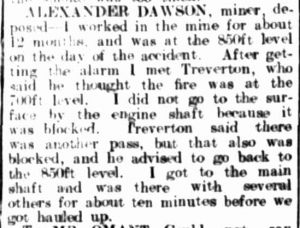
Two of Alexander’s brothers were also involved in the disaster – Albert and Henry.
Alexander and Jane’s second child Ronald was born in 1913 and their first daughter Eileen in 1916 at Austin Street, Queenstown.
Alexander was still mining at Mount Lyell North in 1917 when he was brought up on charges of personal negligence in endangering the safety of two miners working in the mine.
In October 1923, their second daughter Olive was born in Queenstown.
His wife, Jane (also known as Jenny), died on 7 November 1924, from an allergy to a bee sting. [2]
Two weeks later Alexander was charged with indecent behaviour in Little Orr Street, Queenstown.
After Sarah died, Alexander continued to work to feed & clothe the family. The eldest son Ron (Adrian’s grandfather), from age 11, looked after his two sisters in his father’s absence. Alexander was known to ‘touch the bottle along’ after Jenny’s death. After Alexander’s death, Ron continued to care for his sisters until they found their own lives as adults. [3]
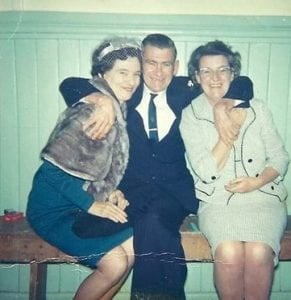
Alexander died in 1933 from fatal injuries after falling at a sideshow and not regaining consciousness when taken to hospital. A fantastic obituary was written in the local paper. An inquest was held and the coroner gave the verdict of accidental death.
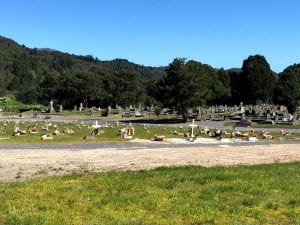
Sources:
- Adrian Dawson, email received 7 December 2021
- Adrian Dawson, email received 7 December 2021
- Adrian Dawson, email received 7 December 2021

